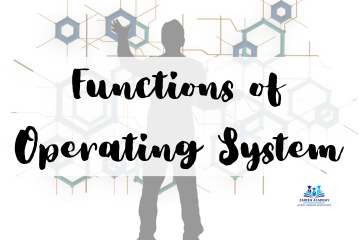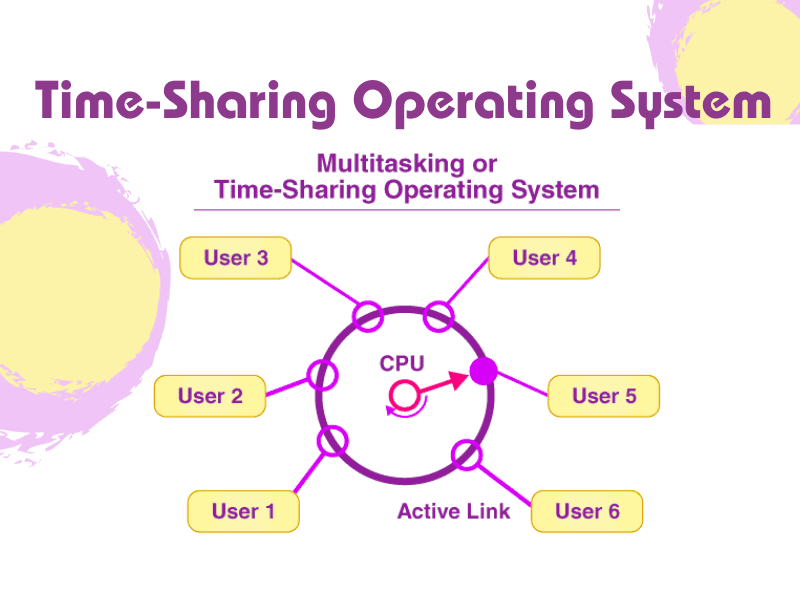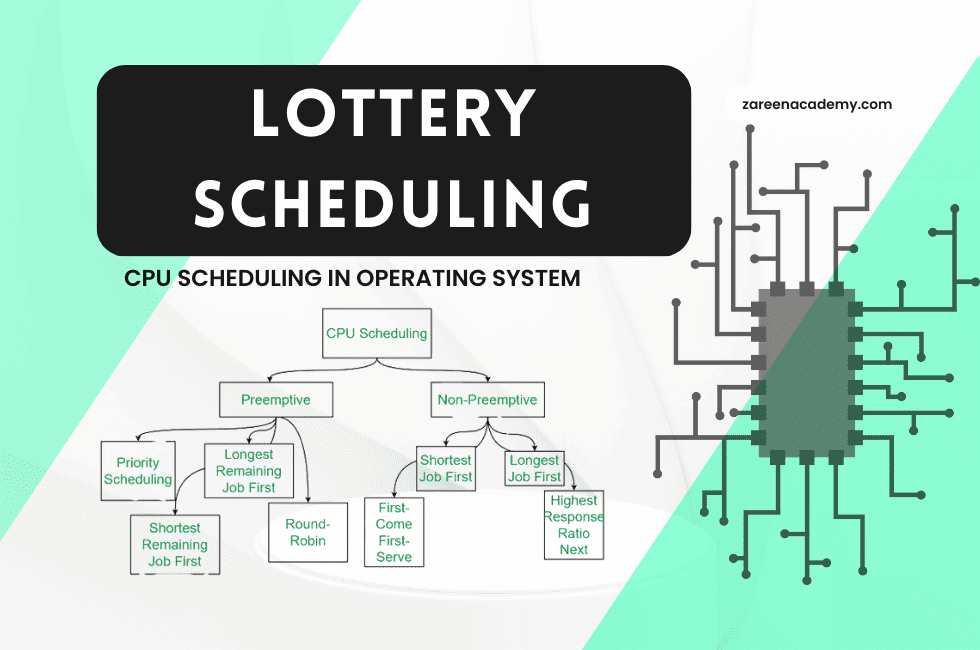Introduction
In the realm of operating systems, efficient task management is paramount. Multilevel Feedback Queue Scheduling is a sophisticated technique that has revolutionized how modern systems prioritize and manage tasks. If you’re seeking to grasp the intricacies of this system, you’ve come to the right place. In this comprehensive guide, we will delve deep into Multilevel Feedback Queue Scheduling, exploring its components and applications, and answering your burning questions.
Multilevel Feedback Queue Scheduling in Operating System
Imagine a busy airport with planes waiting for takeoff, passengers boarding, and cargo being loaded. The air traffic controller has a challenging task – prioritizing flights, managing resources, and ensuring everything operates smoothly. This is similar to what happens in an operating system. Multilevel Feedback Queue Scheduling (MFQS) acts as the air traffic controller, efficiently managing tasks, and ensuring the smooth operation of your computer.
The Basics of Multilevel Feedback Queue Scheduling
At its core, MFQS is a priority-based scheduling algorithm. It classifies tasks into multiple queues, each with a different priority level. New tasks typically start in the highest-priority queue and move to lower-priority queues over time. This dynamic adjustment ensures that CPU time is allocated fairly among all tasks, preventing any single task from monopolizing the CPU.
Key Components of MFQS
MFQS comprises several essential components:
Queues: The system includes multiple queues, with each queue having a different priority level.
Priority Adjustment: The priority of a task changes as it waits in a queue. This ensures fairness in CPU allocation.
Boosting: Tasks can receive a boost in priority if they’ve been waiting for an extended period, preventing indefinite waiting.
Aging: As tasks wait in a queue, their priority gradually increases to prevent starvation.
Applications of Multilevel Feedback Queue Scheduling
MFQS has a wide array of applications in the world of operating systems. Here are a few instances where this scheduling algorithm shines:
- Real-Time Systems
Multilevel Feedback Queue Scheduling is often employed in real-time systems, ensuring critical tasks get the CPU time they require.
- Multimedia Applications
Systems running multimedia applications benefit from MFQS as it guarantees that video and audio tasks are executed without interruptions.
- Interactive Systems
For interactive systems, where user input must be processed promptly, MFQS is ideal, providing a responsive user experience.
- Desktop Operating Systems
Popular desktop operating systems utilize MFQS to manage tasks efficiently, improving the overall system’s performance.
Advantages of MFQS
Fairness: It ensures that every task gets its fair share of CPU time, preventing resource monopolization.
Responsiveness: The system remains responsive, even when dealing with multiple tasks of varying importance.
Adaptability: MFQS can adapt to changing task priorities, making it highly flexible.
Prevention of Starvation: Aging and priority boosting mechanisms prevent tasks from waiting indefinitely.
Frequently Asked Questions
Q: How does Multilevel Feedback Queue Scheduling prevent resource monopolization?
MFQS prevents resource monopolization by adjusting task priorities. Tasks that have been waiting for a long time receive a boost in priority, ensuring they get CPU time.
Q: What are the main components of MFQS?
The key components include multiple queues, priority adjustment, boosting, and aging mechanisms.
Q: In which systems is MFQS commonly used?
MFQS is used in real-time systems, multimedia applications, interactive systems, and desktop operating systems.
Q: How does MFQS enhance system responsiveness?
By dynamically adjusting task priorities and ensuring fairness in CPU allocation, MFQS keeps the system responsive.
Q: What is priority boosting in MFQS?
Priority boosting is a mechanism that raises the priority of tasks that have been waiting for an extended period, preventing them from waiting indefinitely.
Q: Why is MFQS beneficial for multimedia applications?
Multimedia applications require uninterrupted CPU time for tasks like video and audio processing. MFQS ensures that these tasks get the resources they need.
Conclusion
Multilevel Feedback Queue Scheduling is a crucial element of modern operating systems, providing efficient task management and resource allocation. By employing dynamic priority adjustments, task aging, and priority boosting, MFQS ensures fairness, responsiveness, and adaptability in the world of task scheduling. Whether you’re a system administrator or a curious enthusiast, understanding MFQS is essential for optimizing task management in your operating system.



0 Comments